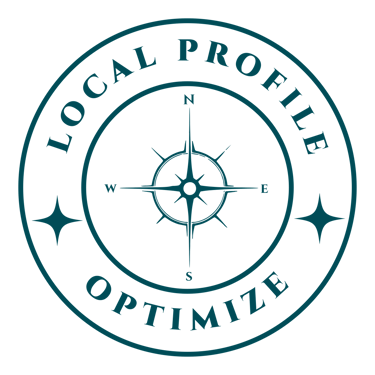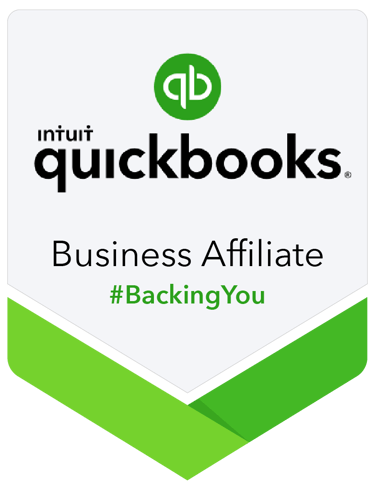Hair Stylist & Barber Tax Deductions: What You Can Really Write Off | 2024 Guide
Discover which business expenses hair stylists and barbers can legally deduct. From shears to shampoo, learn what salon owners vs. independent stylists can write off to save thousands on taxes.
SALON/HAIR STYLISTTAX INFORMATION
Jerry Blanco
8/13/20254 min read


What You Can Write Off as a Salon Owner vs. Independent Stylist – Plus Smart Bookkeeping Tips to Save You Money
Picture this: You're standing in your salon at tax time, looking around at your styling chairs, products, and tools, wondering "Can I actually deduct all this stuff?" If you're nodding your head right now, you're not alone. Most stylists and barbers I work with are amazed to discover how many legitimate business expenses they've been missing – sometimes thousands of dollars worth.
Whether you own your salon or rent a chair, understanding what you can and can't deduct could be the difference between owing Uncle Sam and getting a nice refund. Let's break this down in plain English, so you can keep more of your hard-earned money where it belongs – in your pocket.
The Big Picture: Business Structure Matters
Before we dive into specific deductions, let's talk about how your business setup affects what you can write off. Think of it like this: if you're a salon owner, you're the captain of your ship and can deduct expenses for the whole vessel. If you're an independent stylist renting a chair, you're more like a tenant who can only deduct expenses for your specific space and activities.
Salon Owners: The Full Buffet of Deductions
When you own your salon, you're running the whole show, which means you get access to the full menu of business deductions. Here's what you can typically write off:
Your Physical Space:
Rent or mortgage interest for your salon space
Utilities (electricity, water, gas, internet)
Property taxes and insurance
Maintenance and repairs (think fixing that wobbly styling chair or repainting the walls)
Cleaning supplies and janitorial services
Equipment and Tools:
Styling chairs, shampoo bowls, and stations
Hair dryers, curling irons, and clippers
Scissors, shears, and other professional tools
Cash registers or point-of-sale systems
Computers and software for scheduling or inventory
Products and Supplies:
Hair products you sell or use in services
Towels, capes, and other linens
Disposable items like foils, cotton, and gloves
Reception area supplies (magazines, coffee, water)
Professional Development:
Continuing education classes and certifications
Trade show attendance and travel expenses
Professional association memberships
Industry publications and training materials
Independent Stylists: Your Slice of the Pie
If you're renting a chair or booth, you're essentially running a business within a business. Your deductions are more focused but still substantial:
Your Tools and Equipment:
Personal styling tools (shears, brushes, blow dryers)
Portable equipment you bring to your station
Your own styling chair if you purchased it
Personal storage units or carts
Products You Provide:
Hair products you purchase to use on clients
Styling products you retail to customers
Disposable supplies you provide (foils, cotton, etc.)
Business Operations:
Chair rental or booth fees
Your portion of utilities if specified in your agreement
Business insurance
Business cards and marketing materials
Appointment booking apps or software subscriptions
Professional Growth:
Education and certification courses
Travel expenses to training events
Professional tools and equipment upgrades
Industry memberships
Home-Based Stylists: Special Considerations
Running a salon from your home opens up unique deduction opportunities, but you need to be careful about how you calculate them. The IRS has specific rules about home office deductions.
The Home Office Deduction: You can deduct the portion of your home used exclusively for business. If your home salon takes up 200 square feet of your 2,000-square-foot home, you can deduct 10% of qualifying home expenses like:
Mortgage interest or rent
Property taxes
Home insurance
Utilities
Home maintenance and repairs
Pro Tip: Keep detailed records and photos of your home salon setup. The IRS wants to see that this space is used regularly and exclusively for business.
The Smart Tracking System: Your Secret Weapon
Here's where most stylists lose money: poor record-keeping. You might be spending hundreds on legitimate business expenses, but if you can't prove it, you can't deduct it.
Set Up These Simple Systems:
Separate Business Account: Open a dedicated business checking account. This makes tracking expenses infinitely easier and shows the IRS you're serious about treating this as a business.
Receipt Apps: Use apps like Receipt Bank or simply take photos of receipts with your smartphone. Store them in a dedicated folder or cloud service.
Monthly Review: Spend 30 minutes each month categorizing your expenses. It's much easier than facing a shoebox full of receipts at tax time.
Mileage Log: Track business-related driving (supply runs, client house calls, training events). At 65.5 cents per mile for 2023, this adds up quickly.
Common Mistakes That Cost You Money
Mixing Personal and Business Expenses: That bottle of expensive shampoo isn't deductible if you use it at home too. Only the portion used for business counts.
Forgetting About Depreciation: Expensive equipment like styling chairs and professional dryers can be depreciated over several years, giving you deductions beyond the purchase year.
Missing Education Deductions: Those color correction classes and cutting technique workshops? Totally deductible, including travel expenses if you go out of town.
Overlooking Technology: Your appointment scheduling software, social media management tools, and even the business portion of your phone bill are legitimate deductions.
Red Flags to Avoid
The IRS gets suspicious when deductions seem too good to be true. Here are some things to watch out for:
Don't deduct 100% of anything you also use personally
Keep receipts for everything, especially cash purchases
Be realistic about home office space – don't claim your entire basement if you only use half
Document the business purpose of questionable expenses
Year-Round Tax Planning: Your Action Plan
Quarterly Check-ins: Review your expenses every three months. This helps you spot patterns and make sure you're not missing deductions.
Equipment Purchase Timing: Planning a big equipment purchase? Consider the timing. Sometimes buying in December gives you a full year's deduction, while waiting until January pushes it to next year's taxes.
Estimated Tax Payments: If you're profitable (and you should be!), consider making quarterly estimated payments to avoid penalties and better manage cash flow.
Taking Action: Your Next Steps
This Week: Open a separate business bank account if you don't have one
This Month: Install a receipt-tracking app and start photographing every business expense
This Quarter: Schedule a bookkeeping review session to categorize expenses
Before Year-End: Meet with a tax professional to discuss planning opportunities
The Bottom Line
Understanding your deductions isn't just about saving money on taxes – it's about understanding your true business costs and making better financial decisions. When you know what you're actually spending on supplies, tools, and operations, you can price your services appropriately and build a more profitable business.
Remember, tax laws change, and everyone's situation is unique. While these guidelines apply to most stylists and barbers, consider consulting with a qualified accountant who understands the beauty industry to maximize your specific situation.


